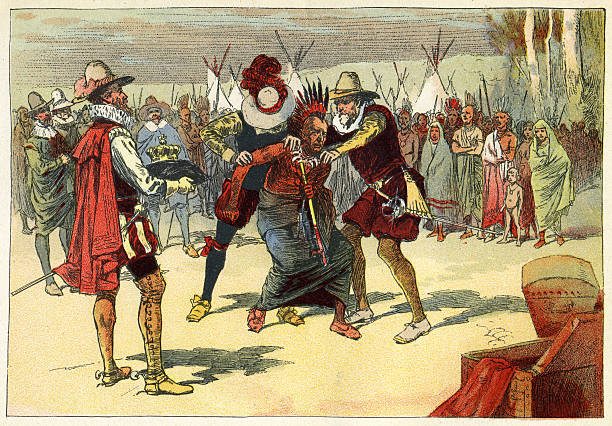Spain conquered the Aztec and Inca Empires in the early 16th century triggered one of the largest gold inflows in history, transforming the European economy and global trade. The fall of the Aztec Empire (1519–1521) under Hernán Cortés and the defeat of the Inca Empire (1532–1572) by Francisco Pizarro allowed Spain to seize vast quantities of gold and silver. This wealth was transported to Europe through the Spanish Treasure Fleet, making Spain the richest and most powerful empire of the 16th century. However, while this gold boom initially strengthened Spain’s military and economy, it also led to massive inflation and long-term economic instability.
However, this sudden gold boom also had unintended consequences, including inflation, economic instability, and the eventual decline of Spanish financial dominance.

The Spanish Conquests & The Search for Gold
A. The Fall of the Aztec Empire (1519–1521)
- Led by Hernán Cortés, the Spanish defeated the Aztecs, capturing their capital Tenochtitlán (modern-day Mexico City).
- The Aztecs possessed massive amounts of gold, which the Spanish seized and melted down into gold bars and coins.
- Within a few years, Spain extracted tons of gold from Mexico, shipping it to Europe.
B. The Fall of the Inca Empire (1532–1572)
- Francisco Pizarro and his men conquered the Inca Empire, capturing Emperor Atahualpa in 1532.
- The Incas paid a ransom of gold and silver to free Atahualpa—one of the largest single gold payments in history.
- Spanish forces later looted Cuzco, the Inca capital, stripping its golden temples and artifacts.
✅ Result: Spain acquired unprecedented amounts of gold, making it the wealthiest European power of the 16th century.
The “Golden Fleet” – Transporting New World Wealth to Europe
To bring gold from the Americas to Spain, the Spanish Crown established the Treasure Fleet system (Flota de Indias):
- Large fleets of galleons transported gold and silver from Mexico and Peru to Spain.
- Ports like Havana (Cuba) and Seville (Spain) became central hubs for gold shipments.
- Each year, fleets carried hundreds of tons of gold and silver to Europe.
🚢 Between 1500 and 1650, Spain imported an estimated 181 tons of gold from the New World, more than had ever circulated in Europe before.
The Economic Impact of Spain’s Gold Boom
A. Spain Becomes the Richest European Power
- Gold from the Americas financed Spain’s military expansion, allowing it to dominate Italy, the Netherlands, and the Americas.
- The Spanish gold escudo and silver real became the dominant global currencies.
- Spain’s empire funded the Spanish Armada (1588), attempting to invade England.
B. Inflation & The “Price Revolution”
- The sudden influx of gold caused massive inflation—gold became less valuable, and prices skyrocketed across Europe.
- Spanish goods became too expensive, leading to economic decline in the long run.
C. Gold & the Rise of Global Trade
- Spanish gold spread through Europe, financing wars, banking, and trade.
- Dutch, English, and French merchants began competing for gold by expanding into global trade and colonization.
✅ Result: Spain’s golden age fueled European expansion, but economic mismanagement led to its decline by the late 17th century.
Conclusion: The Spanish Gold Boom’s Lasting Impact
Spain’s conquest of the Aztecs and Incas flooded Europe with gold, reshaping the global economy. While it made Spain the dominant power of the 16th century, excessive reliance on New World wealth led to inflation, economic instability, and Spain’s eventual decline.
The Spanish gold rush also set the stage for European imperialism, as other nations sought their own colonies to compete with Spain’s wealth.
